Chinese Space Dream Soars Again: Justin Sun's Suborbital Flight Sets New Record, Space Perspective Awakens Appreciation for Home
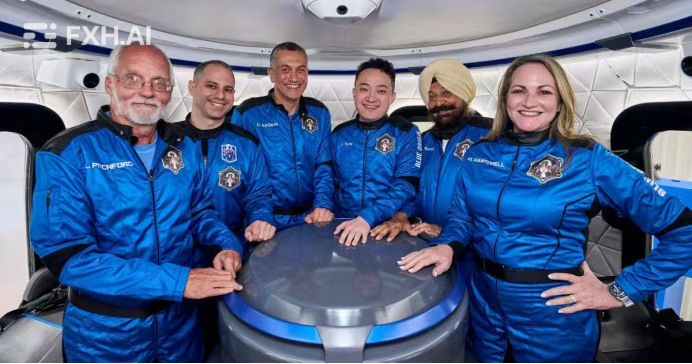
The Chinese Dream of Spaceflight Soars Again: When Billionaires Become Cosmic Messengers
On August 3, 2025, Virgin Galactic's VSS Unity spacecraft broke through the Kármán line. Inside the cabin, Justin Sun gazed at the gradually curving horizon outside the window, experiencing 10 minutes and 14 seconds of ultimate tranquility at an altitude of 100 kilometers. This blockchain pioneer spent $28 million for the most expensive silence of his life—under the gaze of the infinite cosmos, all human clamor fades into silence.
The era of dual-track space tourism has arrived:
Cloud Ballet (Suborbital Flight): Dominated by Virgin Galactic and Blue Origin, offering a million-dollar experience of 4-5 minutes of weightlessness.
Stellar Walk (Orbital Flight): Led by SpaceX, $50 million for a deep stay at the space station.
When Justin Sun's spacecraft re-entered the atmosphere, the trail left by Wang Chun, founder of F2Pool, who rode a SpaceX spacecraft 300 kilometers above, had not yet completely dissipated. These two Chinese individuals wrote history in different ways: one touched the edge of space, the other completed a 3.5-day orbital flight reaching a maximum altitude of 400 kilometers, akin to a modern-day "Chang'e and Wan Hu" space duet.
|
Pioneer |
Flight Type |
Space-Time Coordinates |
Physical Altitude |
Spiritual Elevation |
|
Justin Sun |
Suborbital |
10 minutes 14 seconds |
100+ kilometers |
Seeing the smallness of Earth |
|
Wang Chun |
Orbital |
84 hours |
400 kilometers |
Feeling the pulse of the universe |
"When you truly float in space, national borders disappear from view, leaving only a fragile blue suspended against a pitch-black background."
Wang Chun's reflections recorded by the space station window now resonate across time and space with Justin Sun. This cosmic perspective shock is called the "Overview Effect" by space psychologists—when humans look back at their home from outer space, they naturally develop a strong sense of planetary protection.
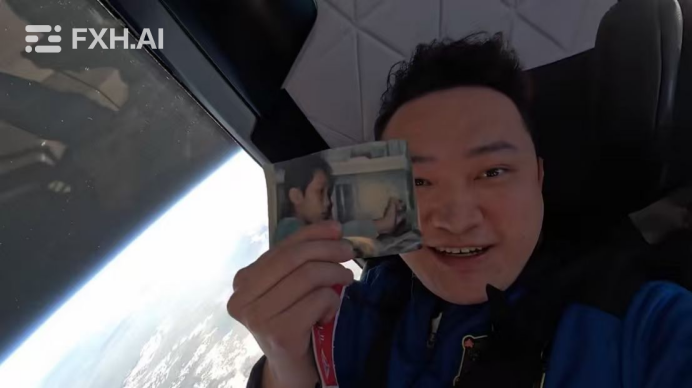
From the tragic attempt of Wan Hu in the Ming Dynasty to today's booming commercial spaceflight, humanity's longing for the stars has never faded. Virgin Galactic founder Branson admitted after his first suborbital flight: "Standing on the edge of space, I understood more clearly than ever what the Earth needs from us." This awakening is spreading among the global wealthy: Amazon founder Bezos announced the establishment of a $10 billion Earth Fund after his flight, and SpaceX passenger Jared Isaacman turned his flight into a large-scale environmental fundraising event.
The economics of the cosmos are rewriting humanity's future:
Virgin Galactic's "space flights" three times a week become routine
SpaceX's "all-civilian crew" orbital flights exceed 10 times a year
China's "Gravity-1" commercial rocket successfully makes its maiden flight
When Justin Sun's spacecraft landed in the New Mexico desert, control center data showed that the carbon emissions from this flight were equivalent to the annual emissions of 2,000 cars. The founder of the environmental coin immediately announced: "I will invest $28 million worth of environmental projects to offset all ecological footprints of space exploration." While aerospace engineers develop new biofuel spacecraft, the wealthy are building an ecological compensation bridge between "space and Earth" with real money.
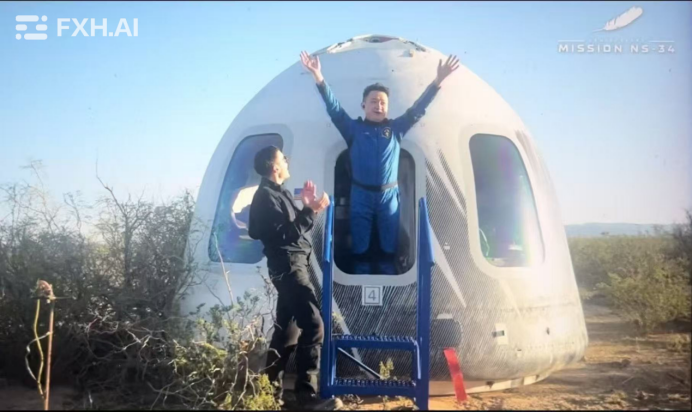
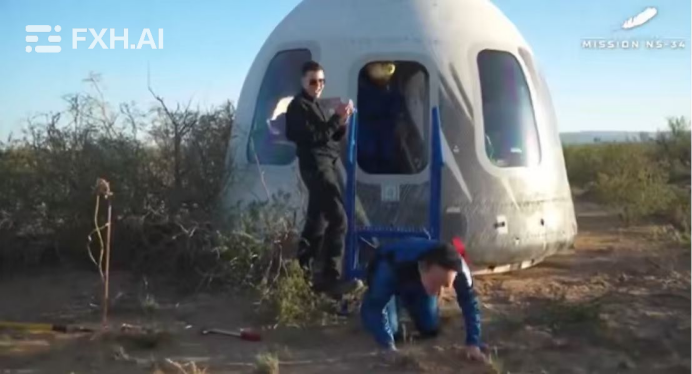
From the ancient murals of Dunhuang's flying apsaras to modern rockets at the Jiuquan launch site, the Chinese nation's dream of spaceflight has never been more real. Zhang Wei, chief designer of the Chinese Academy of Sciences' Space Application Center, pointed out: "Commercial spaceflight is not a toy for the wealthy but a prelude to humanity's entry into space civilization." When the price of ordinary people's space travel drops to $50,000 (Virgin Galactic predicts it will be achieved by 2030), the cosmic perspective will no longer be a privileged experience but a catalyst for the evolution of human collective consciousness.
When Justin Sun stepped out of the cabin, he held a panoramic photo of Earth taken from space. This $28 million image will eventually become the main visual for his environmental foundation. "On this lonely blue planet, there are no spectator seats," he wrote on social media. "When we look up at the stars, the stars are also watching the responsibility of the guardians."
Looking back from the depths of the cosmos, all human conflicts turn to dust. Perhaps the best footnote is Wang Chun's aphorism in the space station log: "The Earth is not the legacy of our ancestors but the oasis we borrow from the future." As more Chinese break free from gravity, what they bring back is not just cosmic photos but a planetary responsibility letter that awakens the entire species—in the vast dark forest, guarding the only life ark emitting blue light.
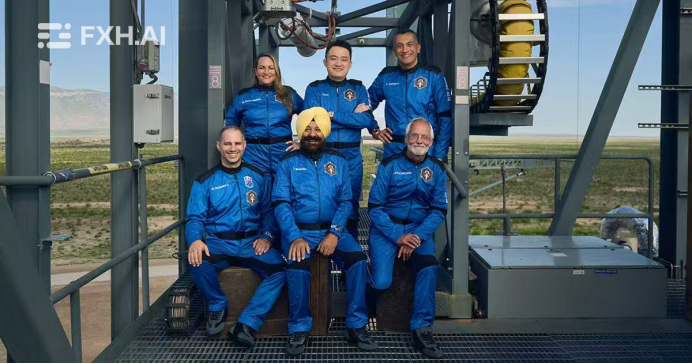
Article from
Feixiaohao Operations Editor: Avery
Contact:
Feixiaohao General Manager Xiaoyue TG: https://t.me/Feixiaohaomak
Feixiaohao Operations Editor TG: https://t.me/zorafay
Feixiaohao Official Registered Exchange Download Link: https://beacons.ai/zky199701

